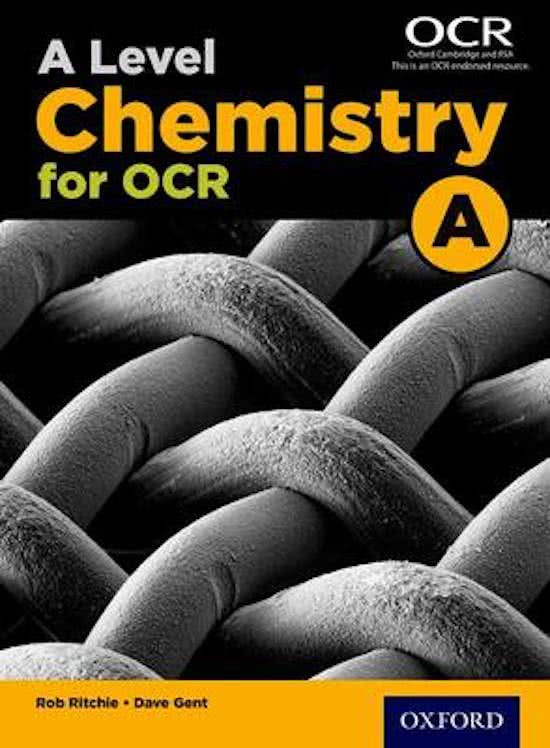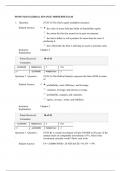Summary
Summary OCR A Level Chemistry A - H032, H432 (from 2015) - full course
This comprehensive set of notes for the new OCR A level chemistry course includes everything you need to ace the exams and achieve a top grade. They're short, sharp and clearly structured, covering each point on the specification with text, equations and diagrams where appropriate. The new course i...
[Show more]












